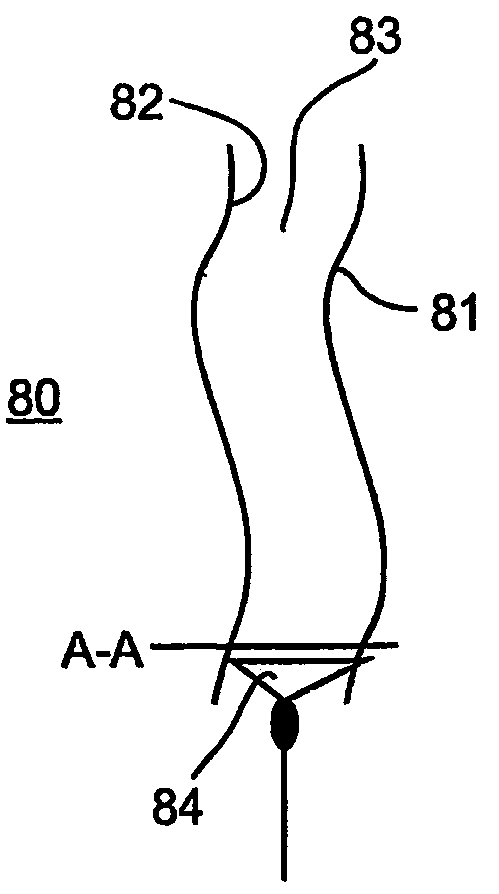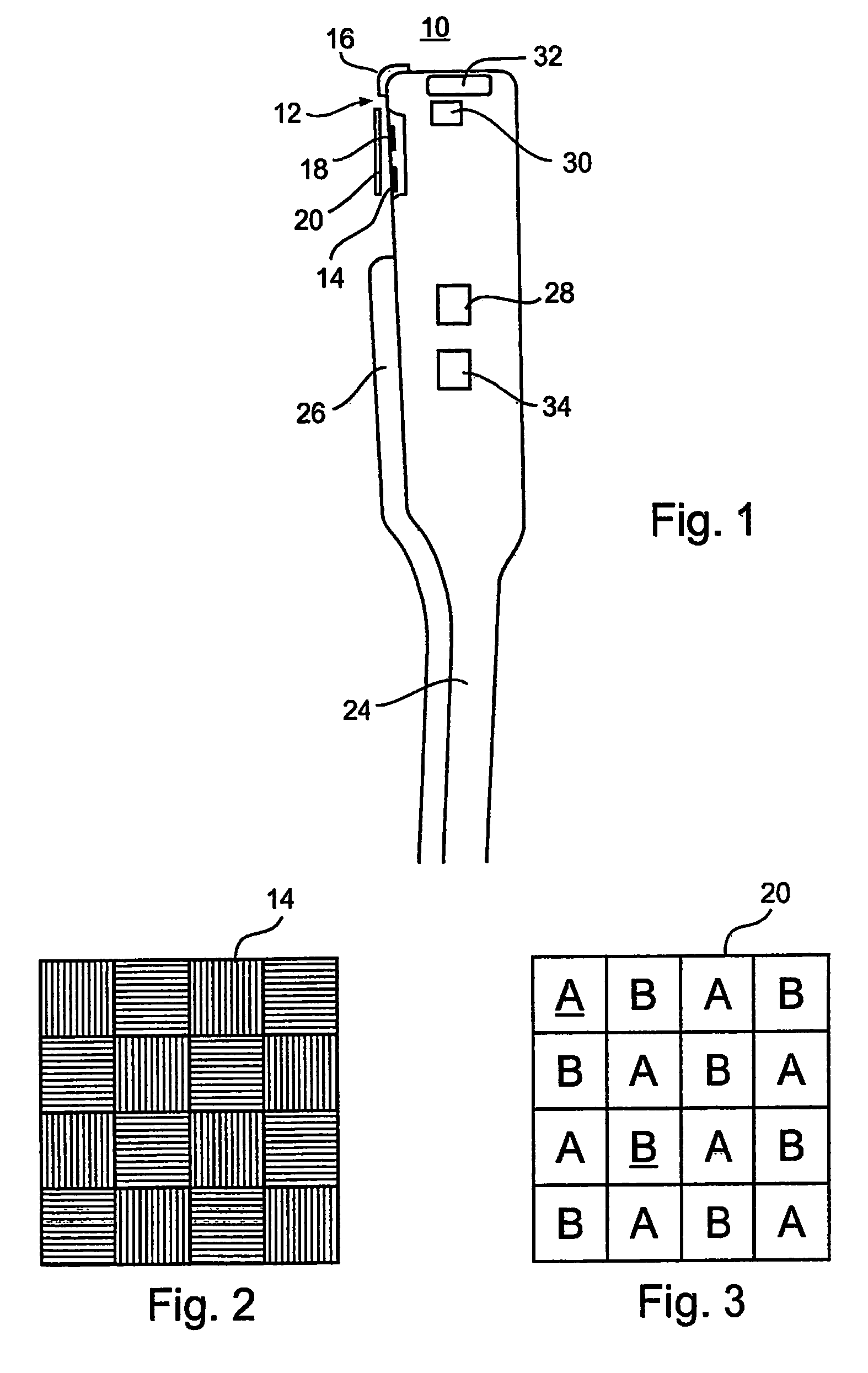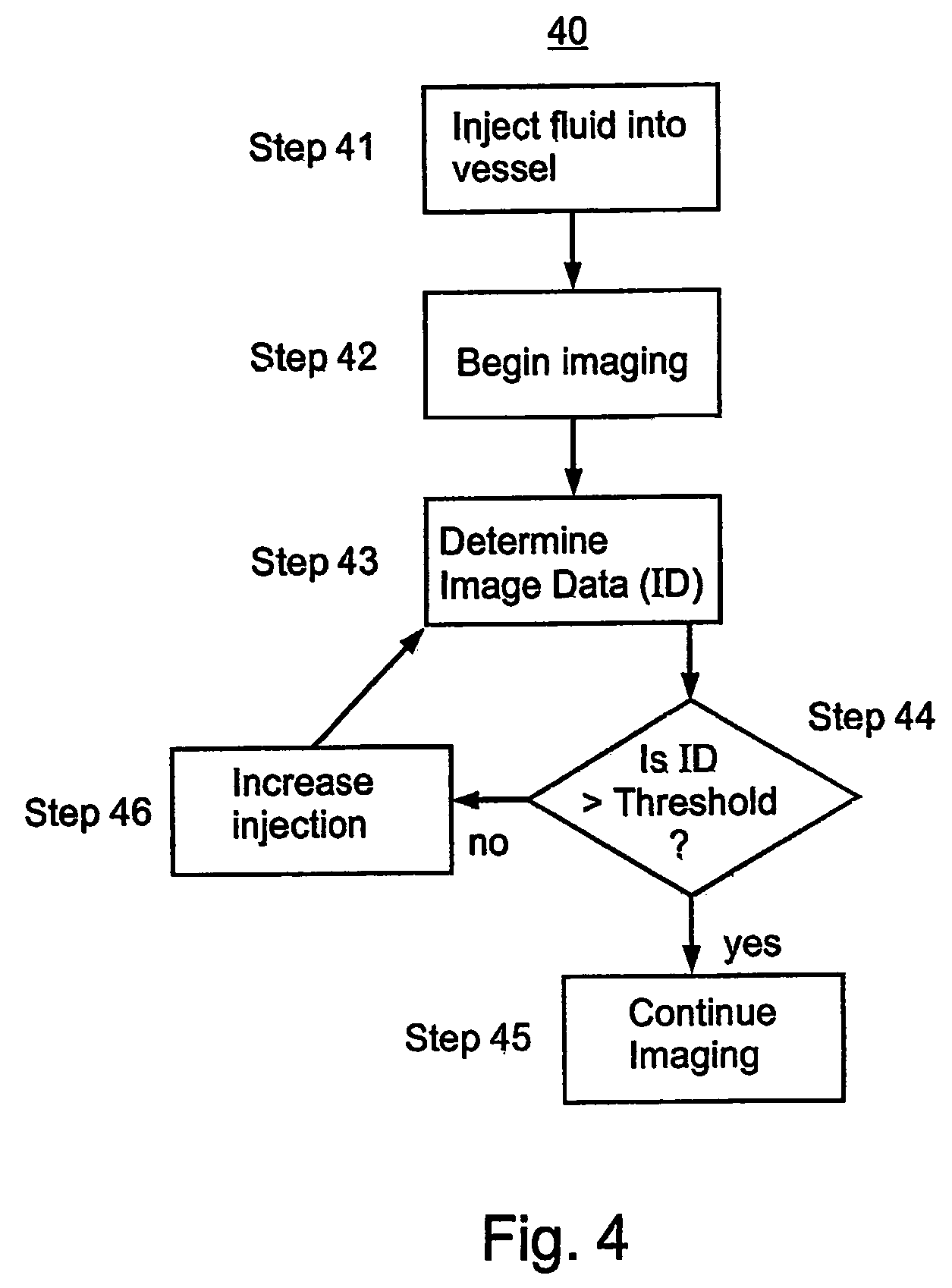Apparatus, method and system for intravascular photographic imaging
a technology of intravascular blood vessel and apparatus, applied in the field of imaging, can solve the problems of insufficient illumination of many interior spaces of the body, limited application of endoscopy, and inability to adequately light the object for imaging, and achieve the effect of high resolution
- Summary
- Abstract
- Description
- Claims
- Application Information
AI Technical Summary
Benefits of technology
Problems solved by technology
Method used
Image
Examples
Embodiment Construction
[0095]The present invention is of an apparatus, system and method for providing an image of a target region within an intravascular environment. The intravascular environment is preferably a vein or an artery and the target region is preferably the interior vessel wall, including any material or growth that may be attached to or adjacent to the vessel wall. Specifically, the present invention is for providing an image from within an intravascular environment that contains a relatively opaque medium, such as blood. The present invention provides an enhanced photographic image of the target region that is superior in quality and resolution to images provided by current intravascular imaging processes.
[0096]The present invention is subject to implementation in a number of different embodiments, each of which has an image enhancing effect which will be described in detail hereinafter. Each of the embodiments may be implemented alone or in combination with any one or more of the other em...
PUM
 Login to View More
Login to View More Abstract
Description
Claims
Application Information
 Login to View More
Login to View More - R&D
- Intellectual Property
- Life Sciences
- Materials
- Tech Scout
- Unparalleled Data Quality
- Higher Quality Content
- 60% Fewer Hallucinations
Browse by: Latest US Patents, China's latest patents, Technical Efficacy Thesaurus, Application Domain, Technology Topic, Popular Technical Reports.
© 2025 PatSnap. All rights reserved.Legal|Privacy policy|Modern Slavery Act Transparency Statement|Sitemap|About US| Contact US: help@patsnap.com



